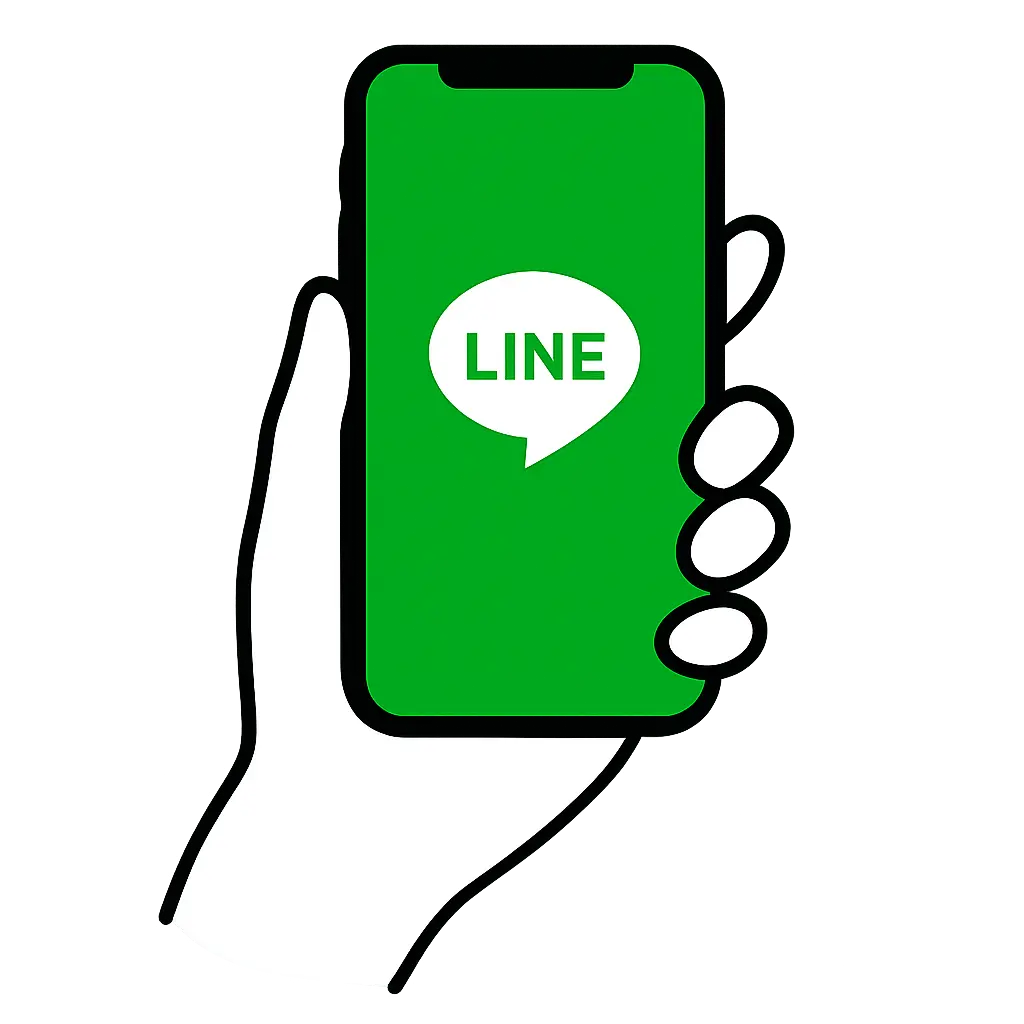
Link & Add Guidable on LINE
Recruiter will contact you
Continue

The JLPT (Japanese Language Proficiency Test) is a widely recognized test for non-native Japanese speakers, ranging from N5 (beginner) to N1 (advanced). The N3 level is considered an intermediate milestone, where learners are expected to understand and use everyday expressions and interact in various settings. One of the key areas to focus on when preparing for the N3 level is mastering essential grammar points. This article will introduce some of the most important grammar structures you need to know to pass the JLPT N3.
These structures are used to express permission or allowance.
ENG: "May I use this room?"
JPN: この部屋を使ってもいいですか?(Kono heya o tsukatte mo ii desu ka?)
ENG: "It's okay to go outside."
JPN: 外に出てもかまいません。(Soto ni dete mo kamai masen.)
The difference between them is subtle, with ~てもかまわない being slightly more formal and used in contexts where you want to emphasize that something is acceptable.
This structure is used to give advice or suggest that something is better to do.
ENG: "You should study more."
JPN: もっと勉強したほうがいいよ。(Motto benkyou shita hou ga ii yo.)
ENG: "It's better to go to bed early."
JPN: 早く寝たほうがいいです。(Hayaku neta hou ga ii desu.)
This form is particularly useful in daily conversations when offering advice or recommendations.
These expressions indicate necessity or obligation.
ENG: "I have to finish the homework by tomorrow."
JPN: 明日までに宿題を終わらせなければならない。(Ashita made ni shukudai o owarasenakereba naranai.)
ENG: "I have to go to the meeting."
JPN: 会議に行かなきゃいけない。(Kaigi ni ikanakya ikenai.)
The ~なければならない form is more formal, while ~なきゃいけない is more casual and often used in spoken language.
This structure is used in two main ways below.
①To report something you've heard: ~によると、~そうです (~ni yoru to, ~sou desu)
②To express that something looks like or seems a certain way based on visual observation: ~そう (~sou)
ENG; "I heard that he will come tomorrow."
JPN: 彼は明日来るそうです。(Kare wa ashita kuru sou desu.)
ENG: "This cake looks delicious."
JPN: このケーキは美味しそうです。(Kono keeki wa oishisou desu.)
Mastering these nuances is essential, as ~そうです can significantly change the meaning of a sentence depending on how it’s used.
This expression is used to indicate possibility or uncertainty, akin to "might" or "may" in English.
ENG: "It might rain tomorrow."
JPN: 明日は雨が降るかもしれない。(Ashita wa ame ga furu kamoshirenai.)
ENG: "He might not come."
JPN: 彼は来ないかもしれません。(Kare wa konai kamoshiremasen.)
Understanding the difference between certainty and possibility in Japanese is crucial for expressing the right nuance.

This structure is used to indicate two actions happening simultaneously.
ENG: "I study while listening to music."
JPN: 音楽を聞きながら勉強します。(Ongaku o kikinagara benkyou shimasu.)
ENG: "I eat while watching TV."
JPN: テレビを見ながらご飯を食べます。(Terebi o minagara gohan o tabemasu.)
~ながら is very common in daily life and is an important structure to express multitasking.
This grammar point is used to express purpose or a desired outcome. It can also indicate an effort to achieve something.
ENG: "I take notes so that I won't forget."
JPN: 忘れないようにメモを取ります。(Wasurenai you ni memo o torimasu.)
ENG: "I try to study Japanese every day."
JPN: 毎日日本語を勉強するようにしています。(Mainichi nihongo o benkyou suru you ni shiteimasu.)
~ように is essential for expressing intentions or goals, especially in more formal or written contexts.
This form is used to indicate doing something in advance or preparing for a future event.
ENG: "I will buy the ticket in advance before the trip."
JPN: 旅行の前に切符を買っておきます。(Ryokou no mae ni kippu o katte okimasu.)
ENG: "I prepared the materials for tomorrow's meeting."
JPN: 明日の会議のために資料を準備しておきました。(Ashita no kaigi no tame ni shiryō o junbi shite okimashita.)
Understanding ~ておく is crucial for talking about preparations and plans.
This is the conditional form in Japanese, used similarly to "if" in English. There are several conditional forms in Japanese, but ~ば is one of the most common and versatile.
ENG: "If it rains, I will stay home."
JPN: 雨が降れば、家にいます。(Ame ga fureba, ie ni imasu.)
ENG: "If I had woken up earlier, I would have made it to the train."
JPN: もっと早く起きれば、電車に間に合った。(Motto hayaku okireba, densha ni maniatta.)
Mastering the conditional form is essential for N3, as it is frequently used in both written and spoken Japanese.
The passive form in Japanese is often used to show that the subject is acted upon by someone or something else, or to express a situation where something happens to the subject.
ENG: "I was bitten by a dog."
JPN: 犬に手を噛まれた。(Inu ni te o kamareta.)
ENG: "The game was canceled due to heavy rain."
JPN: 大雨のせいで試合が中止されました。(Ōame no sei de shiai ga chūshi saremashita.)
Understanding the passive form is key to expressing situations where the subject is the recipient of an action, often used in more formal or passive contexts.
The grammar points discussed above are essential for passing the N3 level of the JLPT. Mastering these structures will not only help you succeed in the exam but also enhance your overall Japanese communication skills. Remember, consistent practice and application in real-life contexts are crucial to truly internalizing these grammar points. Good luck with your studies, and 頑張ってください (Ganbatte kudasai - Do your best)!
Written by